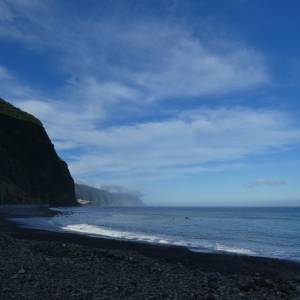Wall Roman Town, near Lichfield
The ancient Roman site of Letocetum is just down the road from where I live. Although I have been to a very nice pub/restaurant close to it quite frequently, I haven't called in to the site for a couple of years.
On my way home from the Supermarket this morning, I decided to go via the little hamlet of Wall, just off the A5.
I was alone. The site is not staffed and you can just stroll in and wander around. There was something rather marvellous about having this historic place all to myself.
The official website, run by English Heritage
What Wikipedia has to say about it.
Letocetum is the remains of a Roman settlement. It was an important military staging post and posting station near the junction of Watling Street, the Roman military road to North Wales (now the A5 road), and Icknield (or Ryknild) Street (now the A38). The site is now within the parish of Wall, Staffordshire, England. It is owned and run by the National Trust, under the name Letocetum Roman Baths Site & Museum. The site is in the guardianship of English Heritage as Wall Roman Site.
The Romans came to Letocetum in 50 CE to establish a fortress during the early years of the invasion of Britain. The land could not support large amounts of soldiers and Letocetum, at an important cross-roads, became a large scale posting station. The settlement developed with successive bath houses and mansiones built to serve the official travellers as well as the growing civilian population. It is known mainly from detailed excavations in 1912-13, which concentrated on the sites of the mansio and bath-house, but there is evidence of a substantial settlement with possible basilica, temples, and amphitheatre.
The remains visible today are those of the stone bath house and mansio, built in approximately 130 CE after Letocetum ceased to have a military function and became a civilian settlement. The settlement reached its peak during the 2nd and 3rd centuries and at this time occupied 8.1-12 hectares (20-30 acres). At the end of the 3rd century the town relocated within high defensive walls astride Watling Street. After the Romans left early in the 5th century the settlement went into decline. The modern village of Wall emerged in the land once occupied by Letocetum.

Comments
Sign in or get an account to comment.


